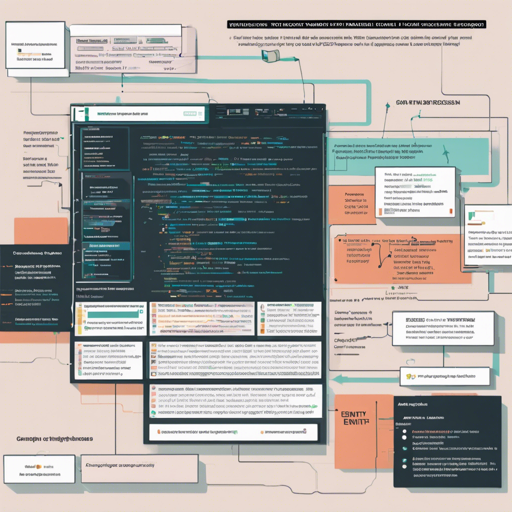Welcome to the fascinating world of Named Entity Recognition (NER)! In this article, we will delve into the BGC-accession model, designed to identify and annotate accession numbers of biosynthetic gene clusters in scientific texts. Built upon the powerful BioBERT model, this tool provides researchers with a streamlined way to extract crucial information from texts related to biosynthetic genes.
Understanding the BGC-Accession Model
The BGC-accession model is akin to a highly specialized librarian in a vast library of genomic texts. Imagine entering a library full of scientific papers, datasets, and reports. While it may seem overwhelming, our librarian — the BGC-accession model — efficiently sifts through the information, highlighting the accession numbers associated with biosynthetic gene clusters.
Just like the librarian is trained to recognize specific terms, the BGC-accession model is fine-tuned on a dataset specifically curated for this task—it knows exactly what to look for and how to interpret the information.
Step-by-Step Guide to Using the BGC-Accession Model
- Step 1: Access the BGC-accession model. Ensure you have the necessary permissions and tools installed, especially if you are using the model from GitLab.
- Step 2: Prepare your text inputs. This could be scientific literature or genome sequences that may contain accession numbers.
- Step 3: Input your text into the model. The model will analyze the text and highlight any accession numbers associated with biosynthetic gene clusters.
- Step 4: Review the annotated results, which will provide you with a clear indication of where accession numbers appear in your texts.
- Step 5: Utilize the identified accession numbers for further genomic studies or literature reviews. You can now connect your findings to databases like GenBank or other genomic resources.
Testing Examples
The effectiveness of the BGC-accession model can be understood through some testing examples:
- The genome sequences of Leptolyngbya sp. PCC 7375 (ALVN00000000) and G. sunshinyii YC6258 (NZ_CP007142.1) were obtained previously.
- K311 was sequenced (NCBI accession number: JN852959) and analyzed with FramePlot; 18 genes were predicted to be involved in echinomycin biosynthesis.
- The mar cluster was sequenced and annotated; the complete sequence was deposited into GenBank (accession KF711829).
Troubleshooting Tips
While using the BGC-accession model, you may encounter challenges. Here are some troubleshooting tips to consider:
- Ensure that your input text is clean and free from any formatting issues.
- Check that you have all the necessary libraries and dependencies installed. Sometimes, a minor missing package can hinder the model’s performance.
- Review the model’s documentation for any specific instructions on text formatting or limitations.
- If you are still facing issues, consider reaching out to the community or exploring additional resources available on GitLab.
- For further support, feel free to connect with organizations or communities focused on AI development. For more insights, updates, or to collaborate on AI development projects, stay connected with fxis.ai.
Final Thoughts
At fxis.ai, we believe that such advancements are crucial for the future of AI, as they enable more comprehensive and effective solutions. Our team is continually exploring new methodologies to push the envelope in artificial intelligence, ensuring that our clients benefit from the latest technological innovations.

